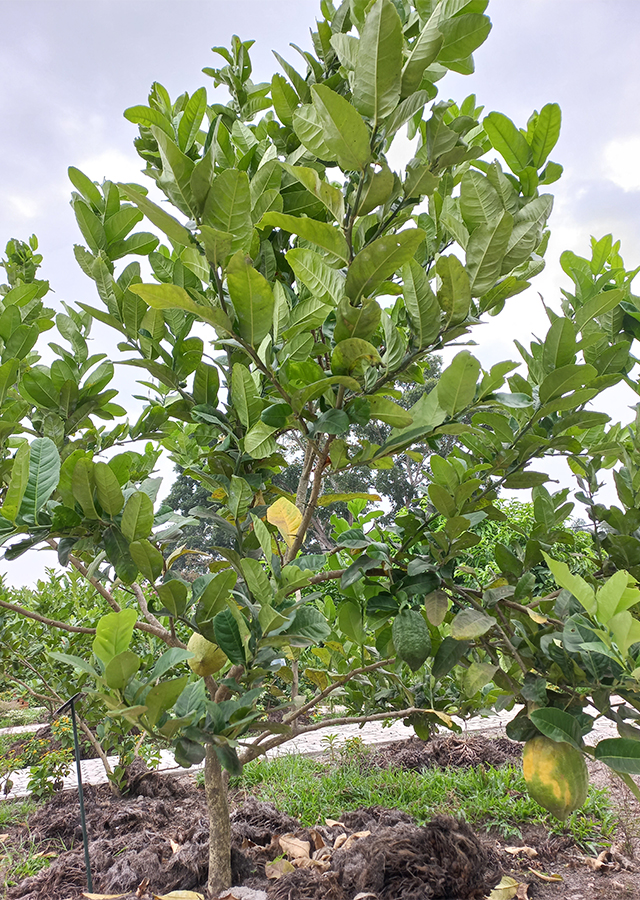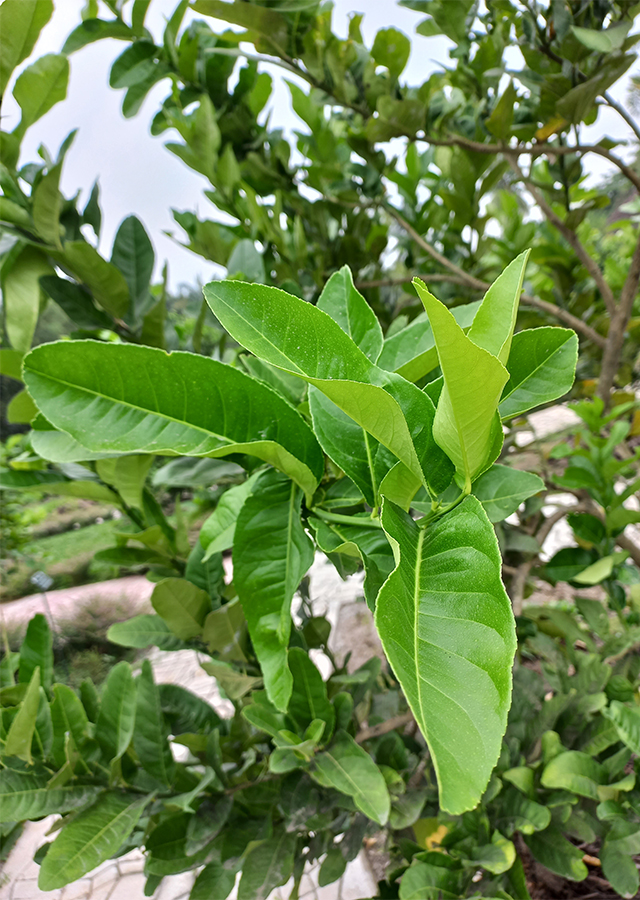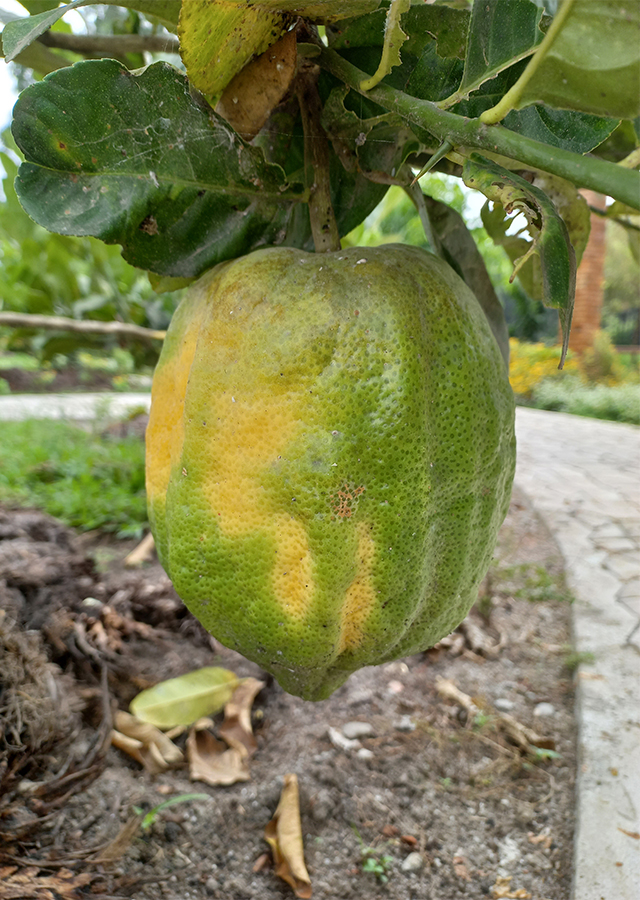Traditional Herbs from Citrus medica
cough
- Prepare enough papaya fruit, slice it and get some water.
- Drink the water to relieve\u00a0cough.
treat_respiratory_problems_and_back_pain
- Prepare enough papaya root then wash it until clean.
- Boil it until it boils.
- Let it cool/cool.
- Strain then drink.
What is Citrus medica Looks like??



Parts of Citrus medica that could be used
- Leaves", "Seeds", "Flowers", "Fruit", "Fruit Skin", "Roots", "Stems
Citrus medica Distribution
Papaya oranges come from Southeast Asia and are a type of orange that has a fruit shape like a papaya, so it is popularly known as jerpaya, which is short for papaya orange. This plant produces edible fruit, although it tastes very sour. These oranges can also be processed into orange marmalade, salad mix. Papaya oranges have thick fruit skin and slices of the fruit skin are used as an ingredient in salads, mixtures or flavorings in making cakes, puddings and confectionery. Apart from that, the skin of the fruit can also be used as a sweet, which in Dutch times was famous as sukade. Papaya is also known as a producer of essential oils. Since Roman times, this citrus (essential oil) has been used as a perfume and moth repellent, as well as to flavor food. Papaya orange also has benefits that are good for health, and is traditionally used as a medicinal plant, including to treat coughs and sore throats.Agroecology of Citrus medica
Three main climates are suitable for papaya orange production, namely, tropical climates, subtropical climates with winter rainfall (such as in the Mediterranean) and semitropics with summer rainfall. In tropical areas, this orange grows very well at altitudes below 1,300 m above sea level. This plant requires deep, well-drained, but moisture-tolerant loamy soil in full sun, with soil acidity (pH) in the range of 6.5 - 7, but tolerates 5.5 - 8. The optimal temperature for cultivation ranges from 15 - 27 °C, with the coldest month averaging at least 15 °C. Growth generally stops below 13 °C and above 35 °C. This plant is very sensitive to frost and intense heat and drought.
Morphology of Citrus medica
- Taproot.
- The stem is brown, has thorny branches.
- The leaves are oval, very aromatic when squeezed, green, the veins are pinnate, the edges of the leaves are crenate.
- The flowers are white, The tip of the flower is yellow, has a fragrant aroma, many stamens, the stigma is yellow.
- Fruit is large, shaped like papaya, oval in shape, light green when young and turns yellow when ripe, sour taste, very thick skinned, porous and the surface of the skin is rough. The flesh is dense, small, and white, the juice is small and the taste is sour. At the end there is a part that sticks out like a large navel.
Cultivation of Citrus medica
- Generative (seed) and vegetative propagation (cuttings, grafting or grafting).
- Seed germination usually occurs within 2 - 3 weeks at a temperature of 13 \u00b0C.
- Leaf cuttings, usually taken from 2- 4 years.
Citrus medica, more details :
Chemical Content of Citrus medicaHesperidin, essential oils (D-limonene, 1,4-cyclohexadiene, nerol, β-myrcene, 2-β-pinene, α-pinene, 1,3,7-octatriene, citral, Z-citral).
Benefits of Citrus medica
Treats respiratory problems (such as asthma), coughs or sore throats, colds, canker sores, arthritis, headaches, stomach aches, back pain, malaria, intestinal parasites and certain psychological disorders (insanity, possession by evil spirits), reduces fever. Has activity as an antioxidant and antimicrobial.
Simplisia of Citrus medica
Another Facts for Citrus medica :
Synonym of Citrus medicaCitrus medica var proper Hook.f.
Habitus of Citrus medica
Bush. Shrub or small tree, annual, reaching a height of up to 4 m
Habitat of Citrus medica
- Mainland
No comments:
Post a Comment